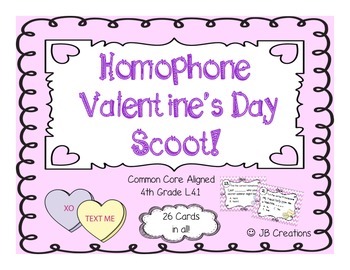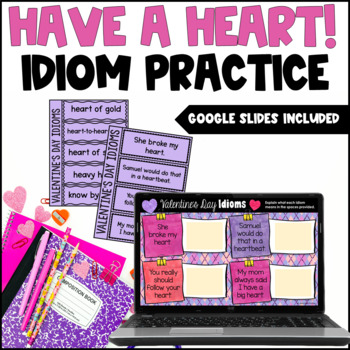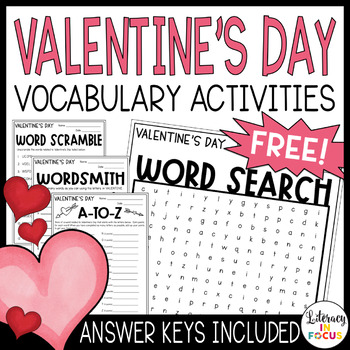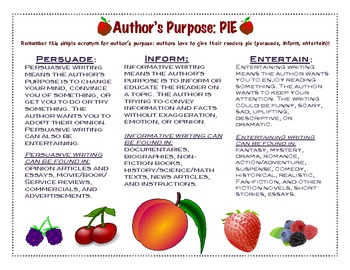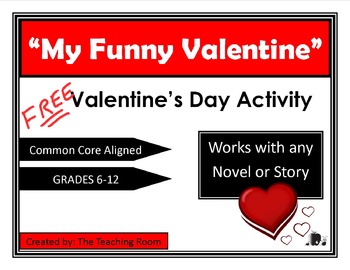
Whether your students are seven (and giddy about the candy), or seventeen (and developing intense infatuations), they’re sure to enjoy our collection of Valentine’s Day classroom activities! With these language arts Valentine’s Day activities, students can engage with the celebratory aspects of the holiday while practicing key skills, including critical thinking, close reading, and creative writing!
What can you do in class on Valentine’s Day? Students love this holiday for the plethora of celebratory in-class events they can participate in. Aside from allowing them time to hand out their adorable little valentines or using the day to work on everyday curriculum, integrating any of the following Valentine’s Day classroom activities into your class day is sure to brighten a classroom’s mood.
Plus, we’ve also included a set of original Piqosity reading questions based on an excerpt from the classic love story Pride and Prejudice!
Valentine’s Day Classroom Activities for Elementary School
The following Valentine’s Day language arts activities aimed at younger students are easy to distribute, straightforward to understand, and engaging to complete!
1. Valentine’s Day Homophone Activity
The first of our Valentine’s Day classroom activities is great for engaging the entire classroom! Students are tasked with identifying the correct homophone to use in several Valentine’s-themed sentences. After laminating 28 question cards, spread them out in your classroom and have students go around the room to each question and answer it on a provided answer sheet.
This exercise is a great way to energize your students in the afternoon by getting them up and moving; alternatively, this assignment can be modified for distanced learning. Distribute all questions to each student and have them complete it from their seat or for homework, or you can create a slideshow for the activity and have students work along with it from home.
Created and made available for free download by JB Creations.
2. Have a Heart! Valentine’s Idiom Activity
This activity is a cute way to get students thinking about figurative language! With print and digital versions, the exercise introduces students to several heart-themed idioms and has them identify their meaning! You can have students try to identify all of them on their own, with a group, or with the help of online research; then, everyone can come together as a class to discuss and confirm the meanings of each.
The print version is perfect if your little scholars have class notebooks—cutting, pasting, and decorating the handouts is a great hands-on experience that lets them express themselves. You might also expand the activity by having each student illustrate their favorite idiom! The web version is perfect for homework or for when you run out of time or have extra time in class.
Created and made available for free download by Jennifer Findley.
3. Valentine’s Day Vocabulary Activities
These Valentine’s Day printables test your students’ vocabulary skills, all while remaining fun and festive! Students are tasked with finding all of the words that can be made with the letters of “Valentine”; the packet also includes a word search, a word scramble with holiday terms, and an “a-to-z” that asks students to think of a word related to the holiday for each letter of the alphabet.
Fun for all ages and perfect for classrooms that need vocabulary practice, this PDF also includes an answer sheet for the definitive-answer activities. Distribute these in the days leading up to Valentine’s Day or throughout on the day of!
Created and made available for free download by Literacy in Focus.
Valentine’s Day Classroom Activities for High School and Middle School
The following activities are full of Valentine’s Day writing prompts and analysis exercises, focusing on skills more appropriate for middle and high school students.
1. Cupid’s Resume
This simple assignment is incredibly creative in its conception—students are tasked with filling out a resume on behalf of Cupid, as if he were applying for a job as “Head Matchmaker.” Students must be succinct in their writing as they describe their perception of the way Cupid is characterized in popular culture.
If you wanted to expand this Valentine’s Day classroom activity, you could have students present their resumes, and have the class decide which version of Cupid they would most want to hire! The whole process is also a great way to help students start thinking about how they would create their own resumes in the future.
Created and made available for free download by Presto Plans.
2. Valentine’s Day Author’s Purpose Practice
As they go through puberty with all its attendant awkwardness, many of your middle or high school students may start to become cynical about Valentine’s Day. If you feel that’s the case, this next option from our collection of Valentine’s Day classroom activities might be the perfect thing to engage them a bit differently.
Instead of focusing their attention on their own experience of the holiday, this activity centers around identifying and understanding an author’s purpose, a key skill in critical reading and a widely popular topic for standardized testing.
This packet includes three short writing samples, each with a clear purpose. Then, it’s up to you what they do with it! You could have them identify the purpose of each sample, discuss each sample in groups, edit the samples to change the purpose, or write a rebuttal passage to each. They could even then write their own passage about Valentine’s Day, and have their peers determine whether it was intended to be informative, persuasive, or entertaining.
Created and made available for free download by Kristen Dembroski NBCT.
3. Valentines Between Characters
Finally, this assignment is a great way for students to practice their reading comprehension skills (particularly their understanding of characterization and character relationships), as well as their creative writing skills. Students are tasked with writing a Valentine letter from the perspective of one character to another character and provided with several guiding questions to ensure that their valentine is accurate and thorough.
They can choose two characters from a book you are reading in class or one they have read on their own. (You could also allow them to choose characters from a movie or TV series, though this would focus the activity on creative writing and remove the critical reading element.)
The exciting part about this activity is that they can speculate about two characters’ interest in each other or they can even fabricate a romance between two characters from different books, making sure to stay true to the characters’ personalities.
Created and made available for free download by Learned Lessons LLC.
Valentine’s Day Reading Comprehension Questions by Piqosity
No comprehensive discussion of romantic texts is complete without mentioning Pride and Prejudice. Jane Austen’s masterful novel is so influential and compelling that it has become the gold standard for romance novels ever since it was published—that’s why it’s a perfect read to celebrate Valentine’s Day!
Though reading the whole novel may be a daunting endeavor for your classroom, this excerpt highlights one of the the happiest, most feel-good parts of the text that is also somewhat digestible for younger readers.
Our own Piqosity team has developed the following reading comprehension questions, of increasing difficulty and covering a variety of ELA subtopics, to quiz students on their English knowledge after they read this excerpt of the most famous romance novel of all time.
Excerpt from Pride and Prejudice by Jane Austen
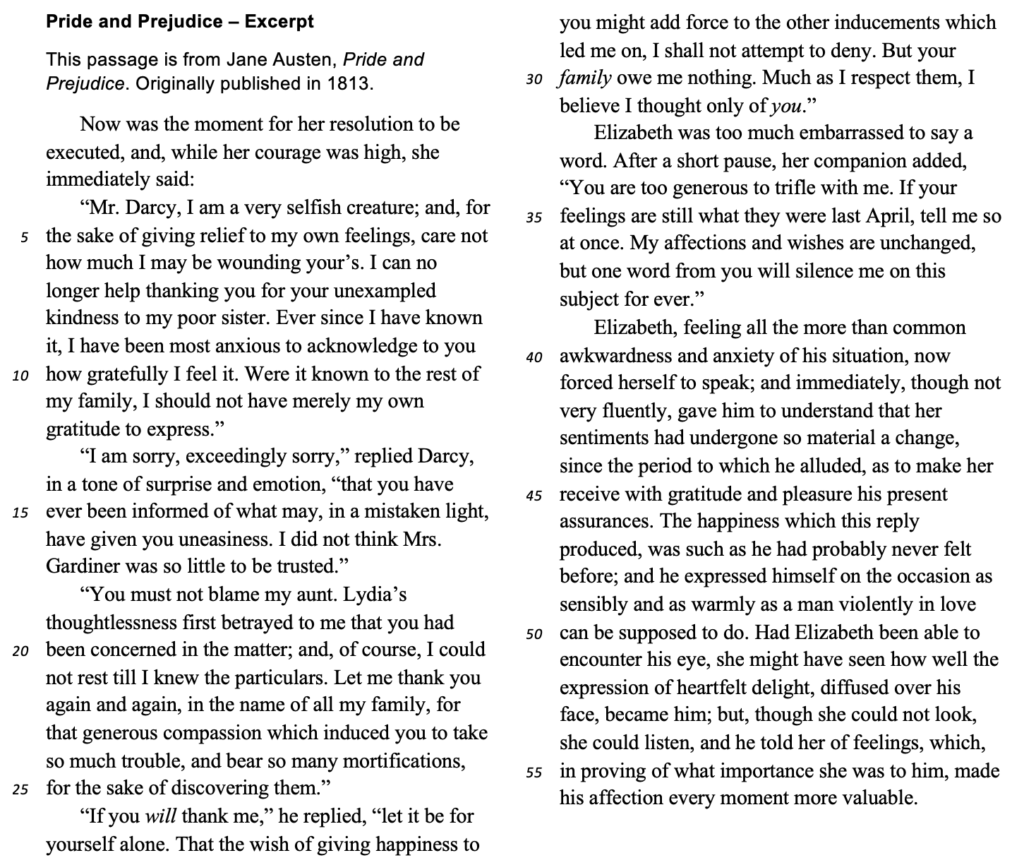
Reading Comprehension Questions
1. Why did Mr. Darcy help Elizabeth’s sister?
A. He owed a favor to their family.
B. He wanted to make Elizabeth happy.
C. He wanted to stop a conflict from happening.
D. He felt guilty for hurting Lydia.
2. Which of the following best describes Elizabeth’s behavior in the final paragraph (lines 39-56)?
A. Ecstatic.
B. Reluctant.
C. Violent.
D. Shy.
3. “Inducement” (line 28) most nearly means…
A. Incentive.
B. Honor.
C. Gratitude.
D. Feeling.
Passage Answer Key and Explanations
1. B.
The passage begins with Elizabeth thanking Mr. Darcy – “‘…I can no longer help thanking you for your unexampled kindness to my poor sister…Were it known to the rest of my family, I should not have merely my own gratitude to express,’” (lines 6-12). Soon after, Mr. Darcy tells her, “‘If you will thank me’, he replied, ‘let it be for yourself alone. That the wish of giving happiness to you might add force to the other inducements which led me on, I shall not attempt to deny… Much as I respect them, I believe I only thought of you.’” (lines 26-31). The only explanation he gives for his actions is describing how he did it for Elizabeth; thus, “He wanted to make Elizabeth happy” is the correct answer choice.
2. D.
The last paragraph describes, “Elizabeth, feeling all the more than common awkwardness and anxiety of his situation…” (lines 39-40) and, after Elizabeth tells Mr. Darcy about her feelings, “Had Elizabeth been able to encounter his eye, she might have seen how well the expression…became him; but, though she could not look, she could listen, and he told her of feelings…” (lines 50-54).
She is clearly unable to make eye contact with him, but not in a negative way. Elizabeth confesses her feelings for him and listens to what Mr. Darcy says – this is a very happy exchange between both of them. This is why “reluctant” (which implies that she is unhappy) and “violent” are incorrect. She may be “ecstatic” on the inside, but her behavior doesn’t convey that. Her behavior is best described as “shy” because, while she may be happy, she is nervously avoiding eye contact with Mr. Darcy.
3. A.
The following is the context for this word: after Elizabeth thanks Mr. Darcy for helping her sister, he replies, “‘If you will thank me… let it be for yourself alone. That the wish of giving happiness to you might add force to the other inducements which led me on, I shall not attempt to deny,” (lines 26-29). The wish of giving happiness to Elizabeth led him to help her sister.
“Honor” and “feeling” do not fit, as “the wish of giving happiness [to Elizabeth]” can’t really be a part of “honor” or “feeling”. “Gratitude” also is not a fit, as he didn’t help her sister because of his own thankfulness for something. The best answer choice is “incentive” – an incentive is something that motivates one to do something, which is a perfect fit for this context. Elizabeth’s happiness was his incentive.
Find More ELA Resources Like These at Piqosity!
We hope you found these Valentine’s Day classroom activities insightful and resourceful for your classroom, both in their fun and engaging celebration of the holiday and in the plentiful opportunities to sharpen key ELA skills for students.
Then, check out our collection of awesome Valentine’s Day Math Activities!
You can find more (non-themed) ELA lessons with questions of similar difficulty levels in our ELA and Math Courses! These are complete courses available online through our app and can be purchased separately or received for free when bundled with our ISEE test prep courses!
For your convenience, we have outlined lessons relevant to or at the same difficulty level as the above passages. These can be found below.
Related ELA Lessons by Piqosity
Lessons related to question #1:
Lesson related to question #2:
Lessons related to question #3:


